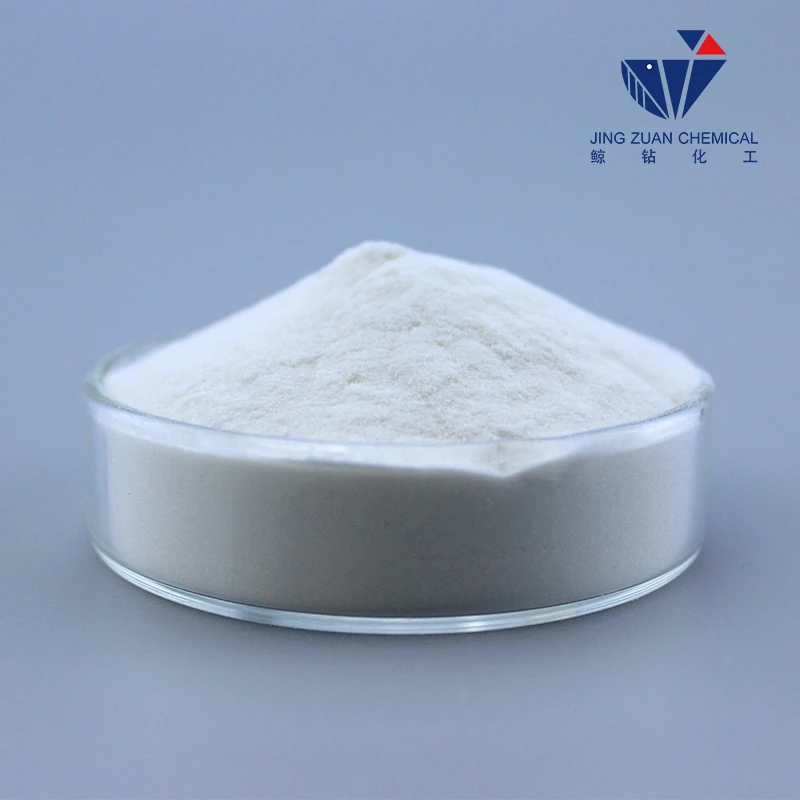
Dic . 05, 2024 15:12 Back to list
hpmc solubility in cold water
Understanding the Solubility of HPMC in Cold Water
Hydroxypropyl methylcellulose (HPMC) is a derivative of cellulose, a natural polysaccharide abundant in plant cell walls. HPMC is widely utilized in various industries due to its unique properties, such as forming gels and film-forming capabilities, as well as its ability to enhance texture and viscosity in formulations. Among its many applications, HPMC is particularly important in pharmaceuticals, food products, cosmetics, and construction materials. One of the key factors influencing its use in these domains is its solubility in cold water.
What is HPMC?
HPMC is produced by chemically modifying cellulose through the introduction of hydroxypropyl and methyl groups. This modification enhances its solubility and stability in aqueous solutions. HPMC is available in various grades, each varying in viscosity and degree of substitution, which affect its solubility characteristics. The ideal choice of HPMC grade depends on its intended application, with specific formulations optimized for distinct purposes.
Solubility in Cold Water
The solubility of HPMC in cold water is a critical aspect that impacts its performance in various applications. Unlike some other cellulose derivatives, HPMC is cold water-soluble due to the hydrophilic nature imparted by its hydroxypropyl groups. This solubility is fundamentally significant because it enables the effective dissolution of HPMC without the need for heat, preserving heat-sensitive compounds that may otherwise degrade.
HPMC's solubility in cold water can be attributed to its molecular structure, which allows for hydrogen bonding between HPMC and water molecules. When HPMC is added to cold water, the polymer chains begin to unwind and interact with water. This process leads to the formation of a viscous solution, making HPMC an ideal thickening agent or stabilizer for various formulations without the need for thermal activation.
Factors Affecting Solubility
Several factors influence the solubility of HPMC in cold water
1. Degree of Substitution (DS) The DS of HPMC refers to the average number of hydroxypropyl and methyl groups attached to the cellulose backbone. A higher degree of substitution generally enhances the solubility of HPMC in water, as more hydrophilic groups can interact with water.
2. Molecular Weight The molecular weight of HPMC significantly affects its solubility and viscosity. Generally, lower molecular weight variants dissolve more readily in cold water compared to their higher molecular weight counterparts, which may take longer to fully dissolve.
hpmc solubility in cold water

3. Temperature While HPMC can dissolve in cold water, increasing temperature typically accelerates the dissolution process. However, maintaining cold temperatures can be advantageous for preserving sensitive components in specific formulations.
4. Concentration The concentration of HPMC in the solution also dictates solubility. Higher concentrations may lead to the formation of gels rather than clear solutions, which can be beneficial or detrimental depending on the intended application.
5. Additives The presence of other ingredients can affect HPMC solubility. For instance, certain salts or surfactants may interfere with polymer-water interactions, altering the dissolution profile.
Applications
The ability of HPMC to dissolve in cold water has made it indispensable in various industries
- Pharmaceuticals In drug delivery systems, HPMC serves as a binder in tablets, a stabilizer in suspensions, and a thickening agent in topical formulations.
- Food Industry HPMC is often used as a food additive for its emulsifying, stabilizing, and thickening properties, enhancing the texture and mouthfeel of products like sauces and dressings.
- Cosmetics and Personal Care It is incorporated into lotions, creams, and gels to improve texture and viscosity while ensuring stability.
- Construction HPMC acts as an effective thickening agent in cement-based products, enhancing workability and reducing water loss.
Conclusion
In summary, the solubility of HPMC in cold water is a pivotal characteristic that enhances its versatility across various industries. Understanding the factors that influence its solubility can help formulators tailor HPMC usage to optimize performance in specific applications. As demand for functional and efficient materials continues to rise, HPMC’s properties ensure its ongoing relevance in diverse fields, reinforcing its status as a valuable polymer in modern formulation science.
-
Versatile Hpmc Uses in Different Industries
NewsJun.19,2025
-
Redispersible Powder's Role in Enhancing Durability of Construction Products
NewsJun.19,2025
-
Hydroxyethyl Cellulose Applications Driving Green Industrial Processes
NewsJun.19,2025
-
Exploring Different Redispersible Polymer Powder
NewsJun.19,2025
-
Choosing the Right Mortar Bonding Agent
NewsJun.19,2025
-
Applications and Significance of China Hpmc in Modern Industries
NewsJun.19,2025







